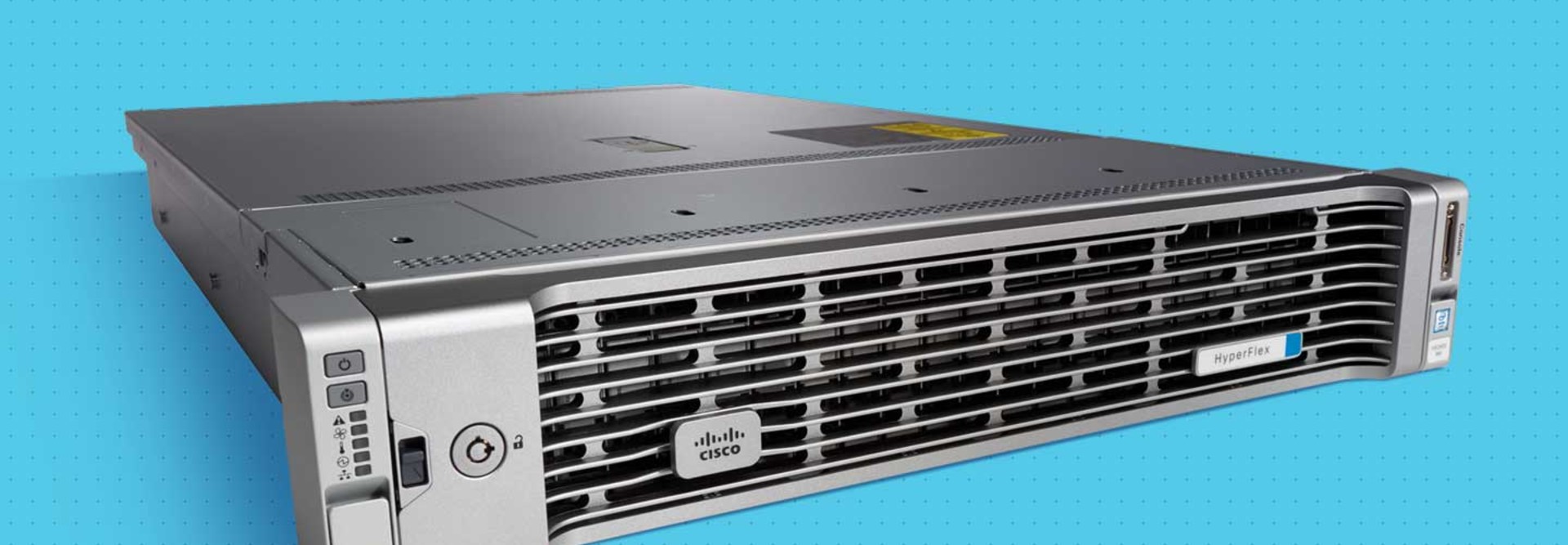Review: Cisco Hyperflex Lets Businesses Deploy Virtual Infrastructure in Hours
Data center chiefs already know that virtualization is one of the most effective ways to manage an enterprise IT infrastructure, which explains its proliferation in data centers big and small.
Configuring new resources from an existing pool without adding new hardware is relatively easy (albeit potentially expensive) with cloud-based services, but sometimes a business might prefer to house certain data onsite — proprietary corporate files or financial information, for instance. Until recently, few alternatives existed.
Enter Cisco Systems’ HyperFlex, which is engineered on the Cisco Unified Computing System to provide the advantages of cloud-based virtualization services from a secure, in-house environment.
With HyperFlex, Cisco has created a hyperconverged infrastructure solution that integrates compute, software-defined storage and virtualization with software-defined networking on the Cisco HX Data Platform. Because of this integration on a single stack, an IT department can deploy an entire infrastructure in just a few hours — and in a small footprint. Even so, a single HyperFlex system can scale to 29 terabytes of data, with its software-defined features making management of virtualized components speedier and much less complex.
I tested a configuration at an in-house data center supporting several hundred virtual machines. Cisco designed the HyperFlex management console to integrate with VMware’s vSphere client, which many IT administrators have used for years. Most will be familiar with it and should be able to build out and maintain VMs right away. And because the entire system is meant to work together, if one area is stressed, an administrator can expand the network exclusively in that area without having to buy anything that isn’t needed.

SPECIFICATIONS: Processors: Up to four per node, Storage Capacity: From 7TB to 29TB, Size: Between 1U and 6U, Setup Time: Less than one hour for all configurations, Uptime: 99.999 percent, Estimated Savings Over Traditional Storage Costs: 80 percent
Managing VMs After They Are Created
Spinning up new systems is easy, but so is forgetting about them, which happened during my testing. In a production environment, those systems could drain storage, CPU and memory resources without providing any benefits. HyperFlex prevents that by indexing every virtual asset within a network and providing alerts and reports on all usage histories. It was easy to find several desktops that took up resources, even though they hadn’t been used in months. I could then flag them for investigation or simply wipe them out with a few clicks.
Cisco HyperFlex is an ideal tool for any organization that wants to gain the benefits of virtualization without getting bogged down in a collection of nonoptimized components. It provides an almost cloudlike management functionality, while allowing data to remain safely protected in-house.









